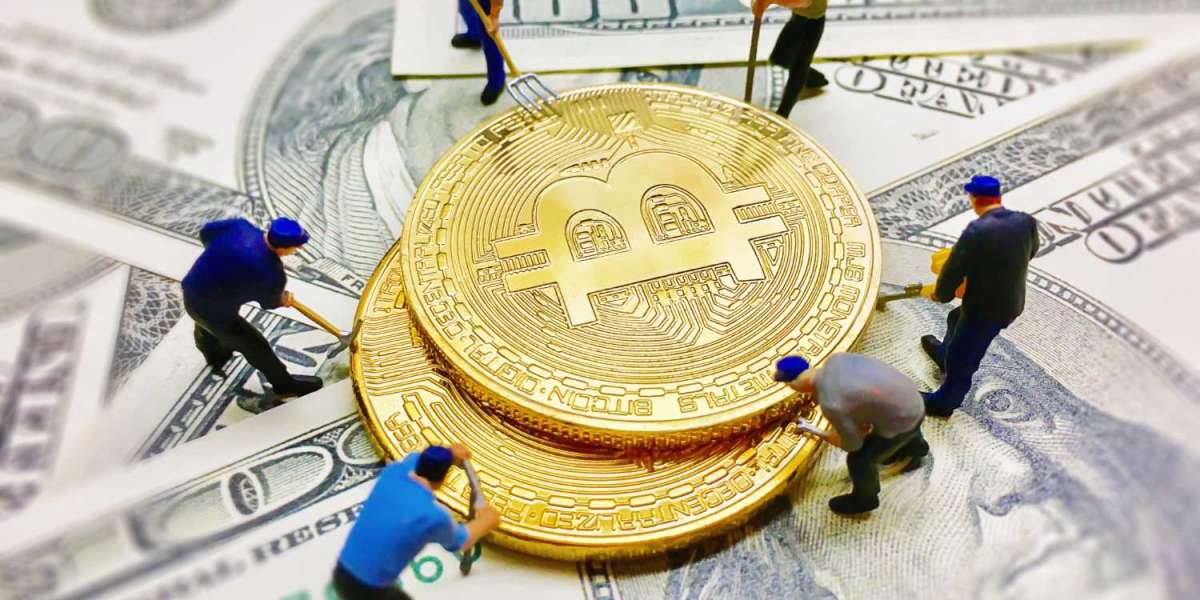1. Unique Digital Ownership:
- Scarcity and Authenticity: NFTs are unique digital assets that cannot be replicated, providing a secure way to prove ownership and authenticity of digital art and collectibles.
2. Digital Art Revolution:
Monetizing Digital Art: Artists can monetize their digital creations by tokenizing them as NFTs and selling them to collectors. This revolutionizes how digital art is bought, sold, and owned.
Royalties for Artists: NFTs allow artists to receive royalties on secondary sales, ensuring they continue to benefit from the appreciation of their work over time.
3. Ownership and Provenance:
- Immutable Provenance: NFTs record a verifiable history of ownership and transactions on the blockchain, eliminating concerns about counterfeit or stolen art.
4. Accessibility:
- Democratizing Art Ownership: NFTs make art and collectibles more accessible to a global audience, allowing people to own a piece of digital history.
5. Digital Collectibles:
Collectible Items: NFTs are not limited to art; they can represent any digital collectible, such as virtual trading cards, virtual real estate, and in-game items.
Gaming and Virtual Worlds: NFTs are increasingly used in the gaming industry, enabling players to own and trade in-game assets.
6. High-Value Transactions:
- Record-Breaking Sales: NFT art sales have set records, with some pieces selling for millions of dollars. This has drawn attention from investors and traditional art collectors.
7. Challenges and Concerns:
Environmental Impact: The energy consumption of some blockchain networks used for NFTs has raised concerns about their environmental impact.
Copyright and Plagiarism: NFTs raise questions about copyright and the ownership of the original digital content. Legal frameworks and standards are still evolving.
8. Virtual Galleries and Marketplaces:
NFT Marketplaces: Online platforms like OpenSea, Rarible, and SuperRare have emerged as marketplaces for buying, selling, and trading NFTs.
Virtual Galleries: Virtual reality (VR) galleries and exhibitions showcase NFT art, creating new immersive experiences.
9. Cultural Impact:
Ownership and Authorship: NFTs challenge traditional concepts of ownership and authorship, sparking discussions about the value of digital art.
Shift in Art Creation: Artists are exploring new mediums and creating art designed to be experienced digitally.
10. Potential for Authentication:
- Beyond Art: NFTs could be used for authentication and ownership of various digital and physical assets, from luxury goods to academic credentials.
11. Speculation and Investment:
- Investment Opportunity: NFTs have attracted speculative investment, with collectors and investors hoping to profit from the appreciation of rare digital assets.
12. Cultural and Historical Preservation:
- Preserving Cultural Heritage: NFTs can be used to tokenize and preserve cultural artifacts and heritage, ensuring their access and conservation.
Conclusion:
In summary, NFTs are reshaping the digital art and collectibles market by offering a new way to own, trade, and appreciate digital assets. They provide a solution to digital ownership and authenticity, democratize access to art and collectibles, and open new possibilities for artists, creators, and investors. While NFTs are still evolving and face challenges, they have a significant impact on the way we value and interact with digital culture and assets. Their long-term implications are yet to be fully realized, making them a topic of continued fascination and exploration in the digital world.








